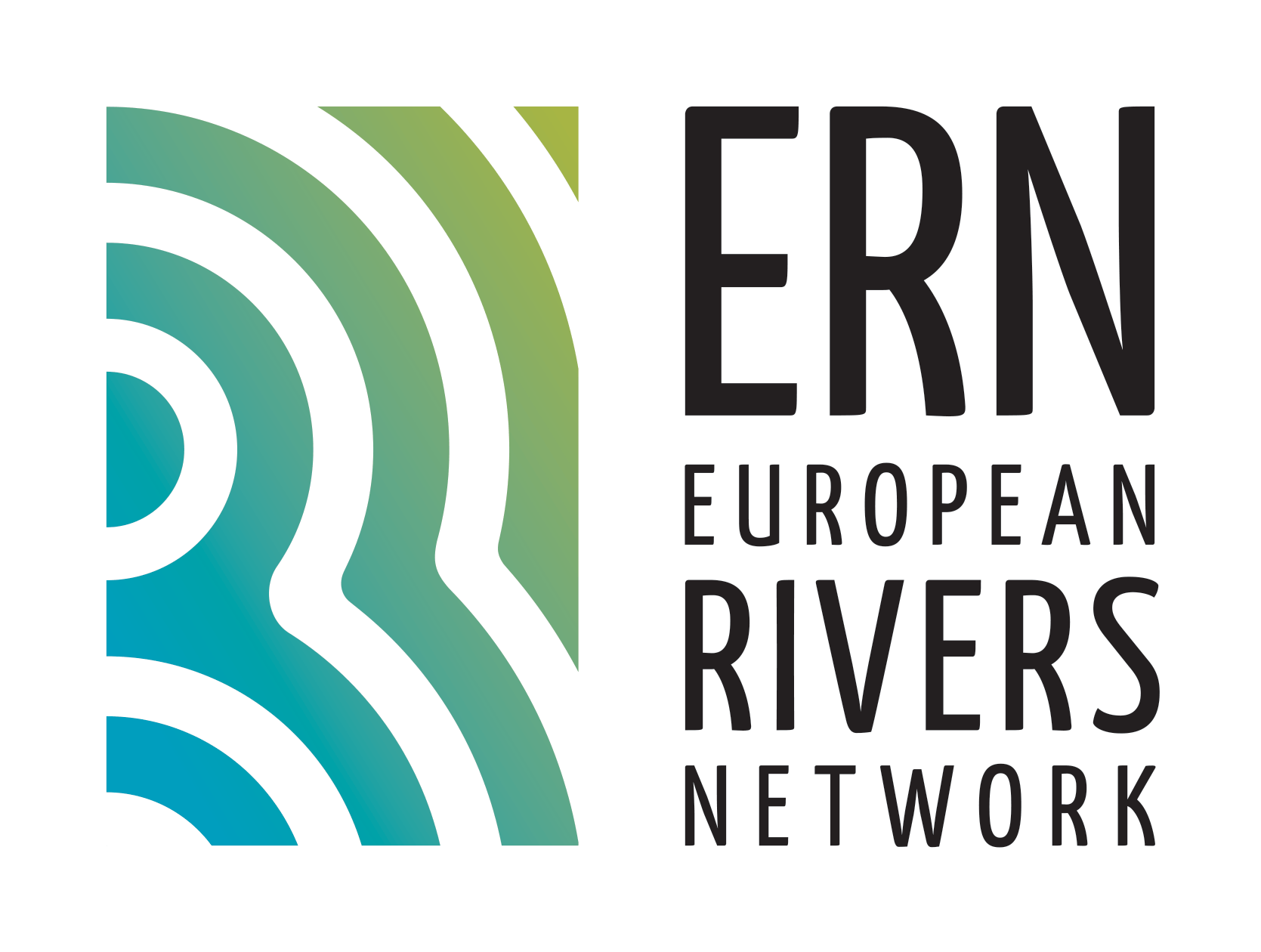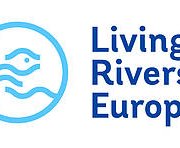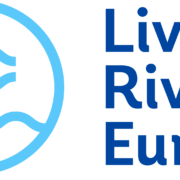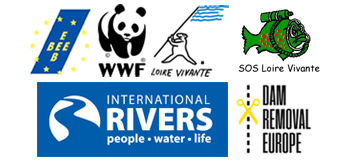The Living Rivers Europe Coalition urges Environment Ministers to support the upcoming Council conclusions on the European Water Resilience Strategy
In light of increasing water scarcity, pollution, floods, and ecosystem degradation, the coalition calls for prioritising the restoration of the natural water cycle and ensuring access to clean water.
The success of the Strategy depends on fully implementing existing EU water and nature laws, particularly the Water Framework Directive, and on integrating water resilience into all relevant sectors – such as agriculture, energy, and transport. Nature-based solutions, such as wetland and floodplain restoration, must be prioritised over technological fixes, with clear, dedicated funding to support them.
The coalition also highlights the need for stronger governance, pollution prevention, and financial tools to drive systemic change. They call for targeted investments, conditionality in EU agricultural policy, and robust accountability measures.
Key requests:
-
Endorse the objectives of the European Water Resilience Strategy
-
Prioritise restoration of natural water cycles and ecosystems
-
Fully implement existing legislation, especially the Water Framework Directive
-
Mainstream water resilience across sectors and funding programmes
-
Prioritise nature-based solutions over technological infrastructure
-
Ensure dedicated funding in the next EU budget (2028–2034)
-
Enforce the Polluter Pays Principle and strengthen accountability
-
Apply strict environmental conditionality under the Common Agricultural Policy
-
Direct European Investment Bank funding toward ecological water retention projects



 ERN France
ERN France ERN is the official WWF Freshwater Partner in France and cooperates with WWF Switzerland, Austria, Netherlands and others
ERN is the official WWF Freshwater Partner in France and cooperates with WWF Switzerland, Austria, Netherlands and others